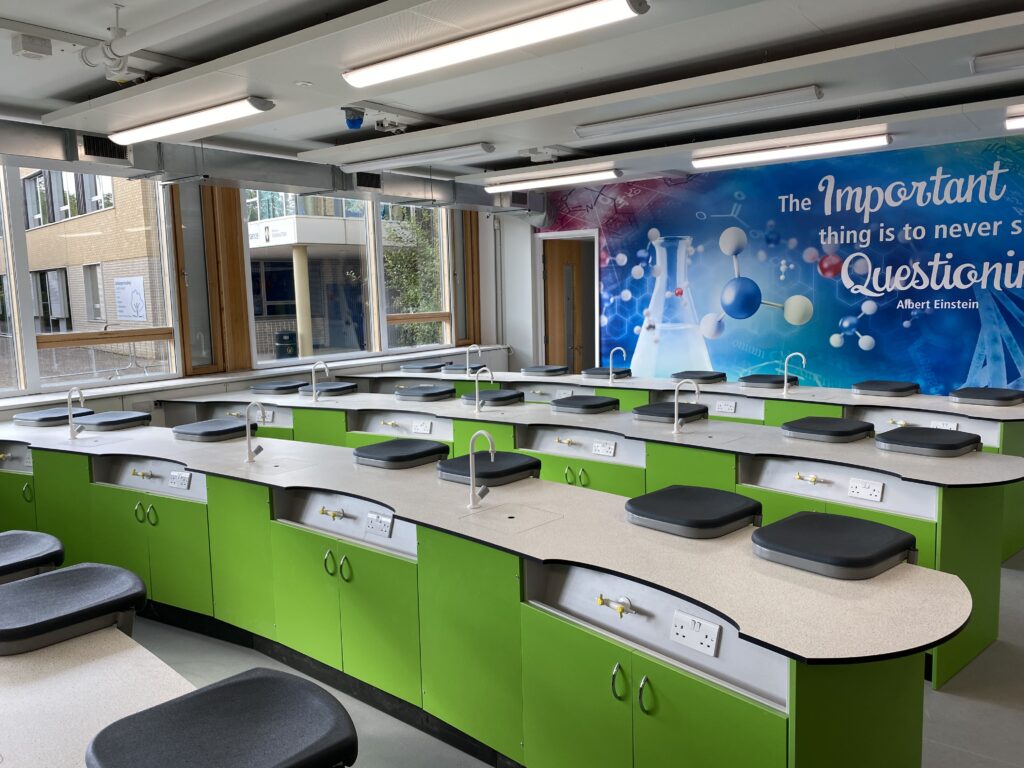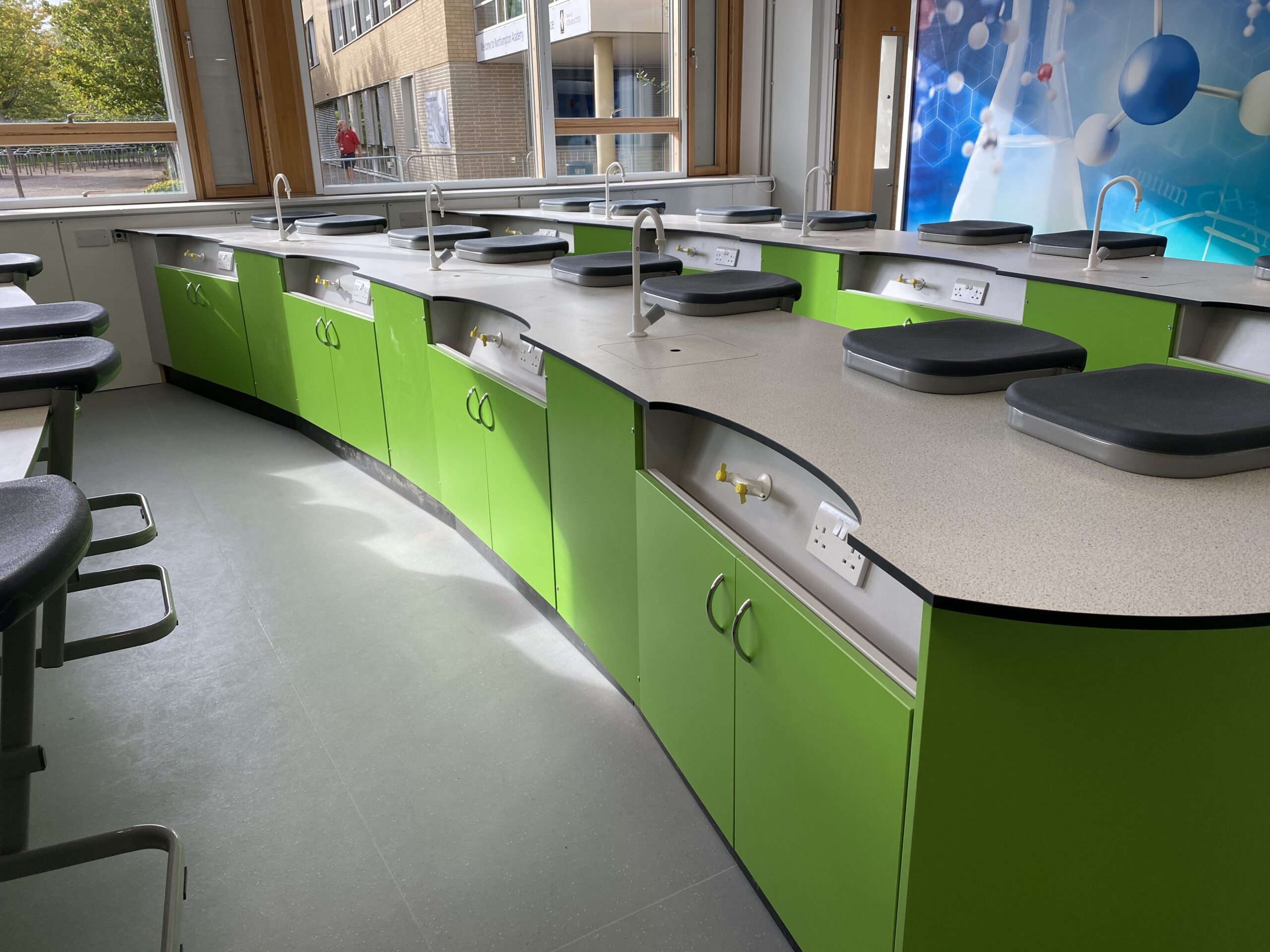Mastering Lab Efficiency: A Comprehensive Guide to Laboratory Taps

Laboratory taps in a school laboratory
Laboratory taps play a crucial role in ensuring the efficiency and functionality of laboratories whether it’s a school, university or private R&D labs. From controlling water flow to managing chemical substances, laboratory taps are integral components that demand attention to detail in their selection, installation, and maintenance. This comprehensive guide aims to provide insights into mastering lab efficiency through proper utilisation of laboratory taps:
- Understanding Lab Taps
Water Taps – These laboratory water taps are primarily used for general laboratory purposes such as cleaning equipment, filling containers, or conducting experiments. These can have fixed nozzles, removable or aerator nozzles. The latter producing a softer flow of water. If you’re wanting to connect a hose to the tap then the aerator won’t be for you. Conversely, if you want a more direct flow (or to connect a hose) then the tapered / serrated nozzle will be.
Gas Taps – These control the flow of gases like natural gas, nitrogen, or compressed air, which are essential for laboratory work. Our taps come with either drop levers which are perfect for schools or push turn / fine control which are more suitable for the private labs and universities.
Special Water Taps – These can be polypropylene lined or made from stainless steel and work with services such as reverse osmosis, deionised waters and recirculating systems. These are for quite specialised laboratories.
- Factors To Consider When Choosing Laboratory Taps
Material Compatibility – Ensure taps are made from materials compatible with the substances being handled in the laboratory to prevent corrosion or contamination. Our taps and emergency device range are coated with Rilsan. This offers flame retardant properties and is self extinguishing, it also is incredibly durable, hardwearing and is exceptionally scuff resistant.
Durability – Opt for taps constructed from high-quality materials to withstand the rigours of laboratory use and ensure longevity.
Ease of Operation – Choose taps with ergonomic designs and smooth operation to facilitate ease of use, especially during repetitive tasks (for example our drop lever gas taps have been tested to over 10,000 open and closes!
Safety Features – Prioritise taps equipped with safety features such as locking mechanisms to prevent unauthorised access or accidental spills. The drop lever gas tap is a great example of this, if one is left in the on position, it is VERY easy to identify.
Flow / Fine Control – Select taps with precise flow control capabilities to regulate the volume and pressure of liquids or gases accurately.
- Installation and Maintenance Guidelines
Professional Installation – Ensure taps are installed by qualified professionals to guarantee proper functionality and compliance with safety standards. Gas Safe is the industry standard for gas fitters. Also, ask your designer about AUK 3 Category 5 compliance.
Regular Inspection – Conduct routine inspections to check for leaks, corrosion, or any signs of damage, and promptly address any issues to prevent disruptions to laboratory operations.
Cleaning & Sterilisation – Implement regular cleaning and sterilisation protocols to maintain tap hygiene and prevent cross-contamination between experiments.
- Training & Education – Provide comprehensive training to laboratory personnel on the proper use, maintenance, and safety protocols associated with laboratory taps. This could be as straightforward as where the location of any emergency eyewashes are located.
By making the correct selection of product, installation, and maintenance of laboratory taps, laboratories can enhance efficiency, promote safety, and optimise workflow processes. If you need any guidance one product selection, please do Contact Us.

